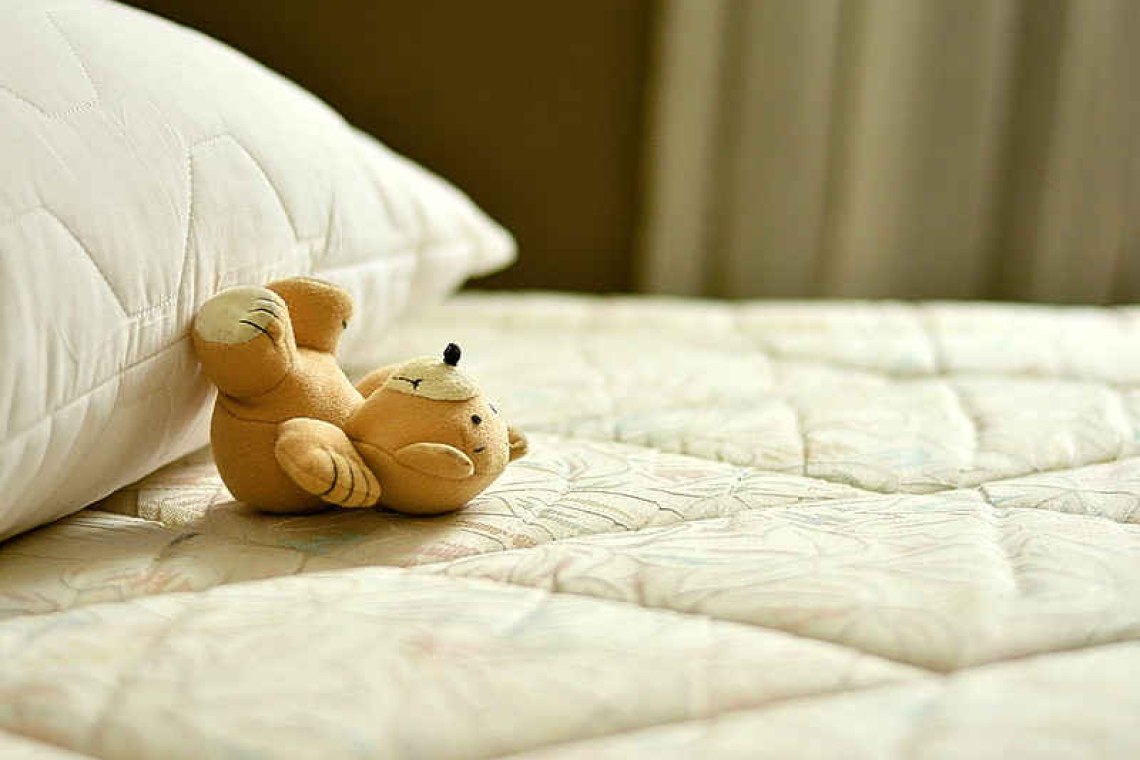It sounds a bit odd, but vacuuming your mattress can go a long way in protecting your health, especially if you have allergies. No one likes to think of it, but you’re sleeping on (and feeding) microscopic creatures that really do impact your well-being: dust mites. The mattress can also be a hotbed of any other pathogens… bacteria, viruses, and pollen. After all, mattresses should be cleaned just like any other surface in the house that collects dust.
Dust mites feed off dead skin cells, and their droppings can be breathed in at night, triggering allergic reactions for some people. Dust mites thrive in humid, warm environments, so mattresses, especially in our climate, are a very suitable breeding ground.
If you experience symptoms such as sneezing, a runny nose, or itchy eyes, especially after waking up in the morning or otherwise spending a long time in bed, that’s a strong indication that you need to clean the bed of dust mites. Wheezing, especially at night, is also an indication – and, along with other common indoor allergens, dust mites can trigger asthma. Some people experience skin rashes or eczema flare-ups.
You’ll enjoy a better night’s sleep and reduce the risk/ severity of these health problems by reducing/ eliminating dust mites.
Obviously, wash your bedsheets. This should be done once a week or so, but washing bedsheets alone is not enough to get rid of dust mites. They are more difficult to remove, because they can cling onto fibres in the mattress. The suction from a vacuum helps to dislodge them, removing them along with any other debris, dead skin cells, and importantly, the dust mite droppings.
While there are some vacuums that have been designed to clean mattresses specifically, you can clean with any vacuum, using the upholstery attachment/ an attachment with stiff nylon bristles. Pay special attention to edges, folds and seams. Relevant for any cleaning application, but your vacuum should have a HEPA (high-efficiency particulate air) filter, to prevent contents from getting right back into the air.
After vacuuming, wipe the mattress down with a damp cloth to remove any remaining dust and debris, then allow to dry. The process should be done about twice a year.
When it comes to washing the bedding (sheets, pillow cases and mattress covers), it’s best to wash in hot water (at least 54°C) and use a fragrance-free detergent. Allow to air dry in direct sunlight, or preferably, use a high temperature in the dryer. Some people may want to consider purchasing allergy-friendly bedding.
You should also wash pillows and stuffed animals for the children, and clean the fabric couches, curtains, and rugs, which can accumulate dust and allergens. Minimise carpets in the bedroom if possible, and keep clutter to a minimum. While dust will not be any deciding factor for pet lovers, our furry friends do introduce allergens that attract dust mites, so keeping them out of the bedroom can help.







